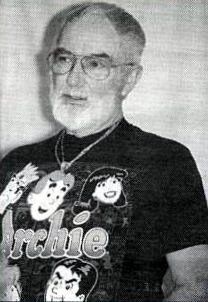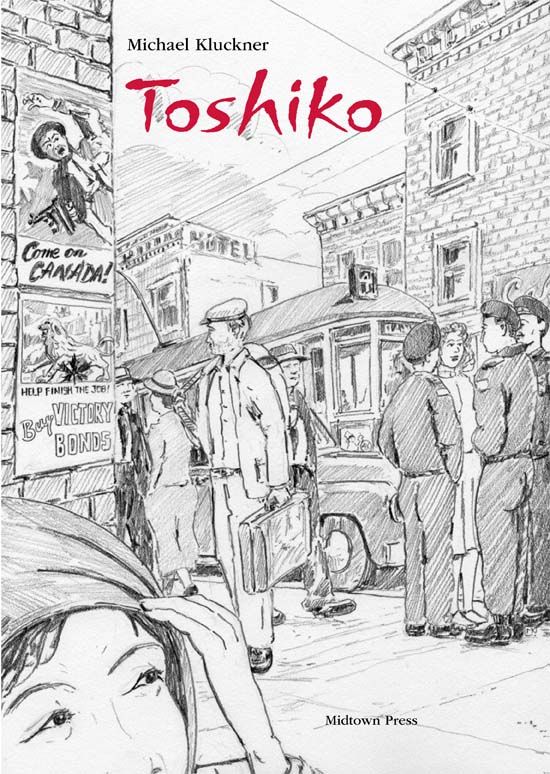Passings | Archie Comics artist Tom Moore died yesterday at the age of 86. Moore got his start as an artist in the Navy, where he served during the Korean War: His captain found a caricature that Moore had drawn, and instead of calling him on the carpet, he assigned him to be staff cartoonist. Moore's comic strip, Chick Call, ran in military publications, and after the war he studied cartooning in New York, with help from the GI Bill. Moore signed on with Archie Comics, drawing one comic book a month, from 1953 until 1961, when he left cartooning for public relations. "It's important to create characters that can adapt to anything, but whose personalities are consistent," Moore said in a 2008 interview. "Establish that, and don't deviate. Betty doesn't act like Veronica, and Charlie Brown doesn't act like Lucy." He returned to cartooning in 1970, drawing Snuffy Smith, Underdog, and Mighty Mouse, and then went back to Archie to help reboot Jughead, staying on until his retirement in the late 1980s. After retiring, Moore taught at El Paso Community College and was a regular customer at All Star Comics. [El Paso Times]
Publishing | DC co-publishers Jim Lee and Dan DiDio talk about the comics market as a whole, variant covers, and their move to Burbank, among many other topics, in a three-part interview. [ICv2]
Commentary | Christopher Butcher discusses the way the comics audience has diversified, and the way that parts of the industry (the parts that aren't involved, basically) have refused to acknowledge the enormous popularity of newer categories of comics by "othering" them: "'Manga aren’t comics,' went the discussion. They were, and are in many ways, treated as something else. The success that they had, the massive success that they continue to have, doesn’t ‘count’. All those sales and new readers were just ‘a fad’, and not worthy of interest, respect, or comparison to real comics. It was the one thing that superhero-buying-snobs and art-comics-touting-snobs could agree on (with the exception of Dirk Deppey at TCJ, bless him): This shit just isn’t comics, real comics, therefore we don’t have to engage it." Butcher sees these attitudes changing at last, though, thanks to the massive commercial and critical success of books like Raina Telgemeier's Smile (three years on the New York Times graphic novel best-seller list!) and Mariko and Jillian Tamaki's This One Summer. [Comics212]
Comics | In one of their periodic big-picture looks at the comics market, ICv2 estimates the size of the comics and graphic novel market in the U.S. and Canada at $935 million, an all-time high, and briefly discusses some trends, including media tie-ins and the increasing diversity of the market. ICv2 has also posted its Spring 2015 estimates of the top graphic novel properties in the superhero/genre, author, manga, and children's categories. [ICv2]
Conventions | Rob Salkowitz, author of Comic-Con and the Business of Pop Culture and a guest at this year's Comic-Con, has some suggestions for making the event better. [ICv2]
Creators | Writer and historian Michael Kluckner talks about his new graphic novel, Toshiko, a story about a Japanese girl in World War II Vancouver that mingles fact and fiction. [CBC News]
Creators | Chad Lewis, a student at Kent State University, talks about his experience drawing Thor's origin story for a special Avengers comic that was completely illustrated by students. [Cleveland Plain Dealer]
Comics | Mike Vago takes a look at Tijuana Bibles, pornographic comics from the 1920s and 1930s that often incorporated popular figures from newspaper comics, in decidedly noncanon situations. [AV Club]
Digital Comics | Noel Murray sings the praises of comiXology's Guided View as a way to read digital comics, using an example from Hawkeye #6 to show how it can work well with a complex layout. [AV Club]



